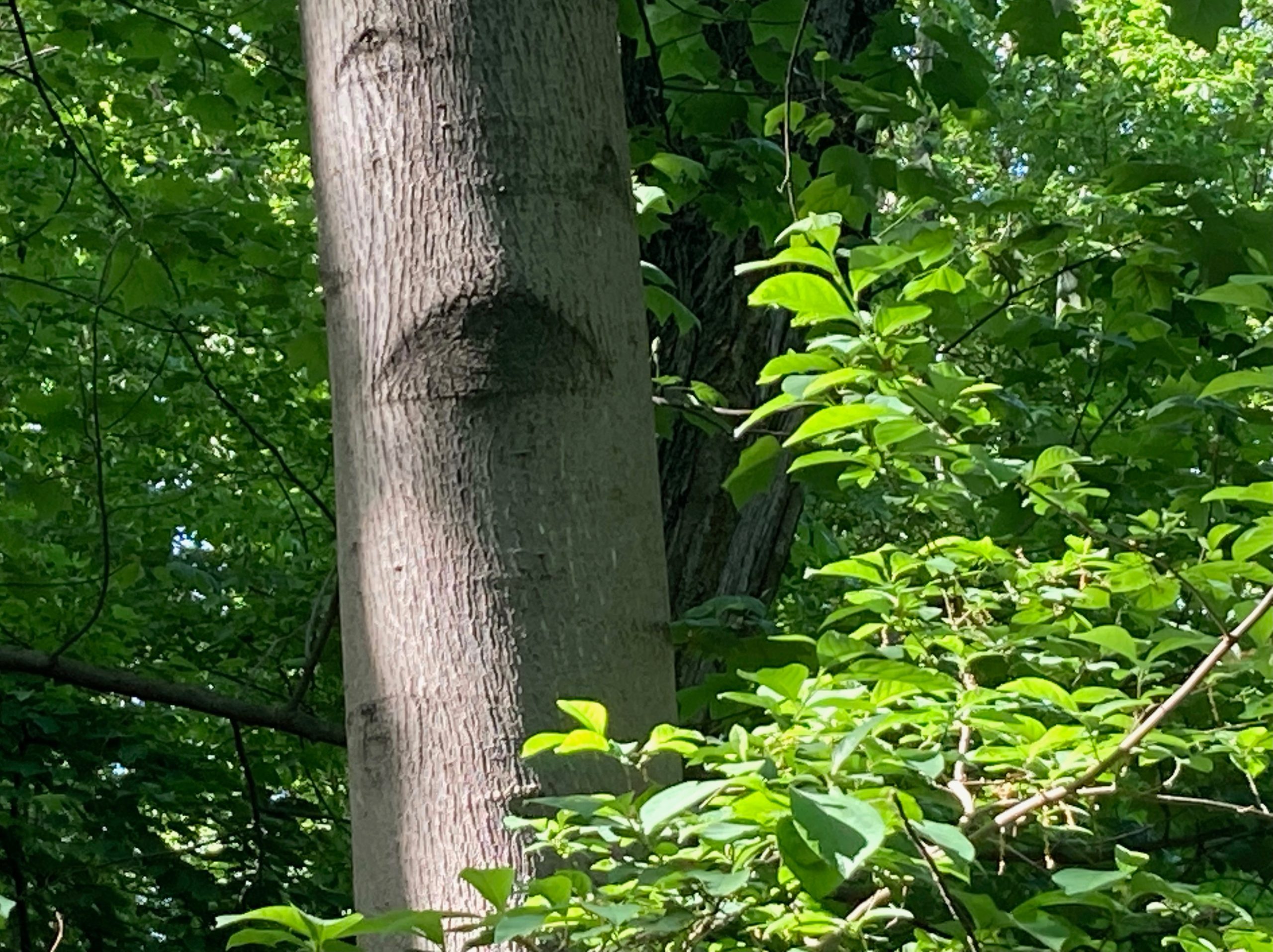9 Knowing Our Neighbors
How many there are who come to our Park to whom the trees are simply trees and the shrubs, bushes. The individuality of the oak, the hornbeam, or the maple is lost to them in the general mass. Many of these would gladly learn had they the time or opportunity. . . .
— from Trees and Shrubs of Prospect Park by Louis Harman Peet
To learn the name of a thing can be to kill it, pinning it with its label like a specimen in a collection of specimens. Learning a name can also be the beginning of a relationship. In Braiding Sweetgrass: Indigenous Wisdom, Scientific Knowledge, and the Teachings of Plants, Robin Wall Kimmerer writes:
Names are the way we humans build relationship, not only with each other but with the living world. I’m trying to imagine what it would be like going through life not knowing the names of the plants and animals around you. Given who I am and what I do, I can’t know what that’s like, but I think it would be a little scary and disorienting—like being lost in a foreign city where you can’t read the street signs. Philosophers call this state of isolation and disconnection “species loneliness”—a deep, unnamed sadness stemming from estrangement from the rest of Creation, from the loss of relationship.
This book is only the beginning of my inquiry on the trees of Prospect Park. I have plans to continue reading the historical record as well as the many works on the American landscape, and I will continue to write on the subject. But the heart of this inquiry will be visits to the forest. This spring I have been glad to get to know my neighbors in the park a little better, and I would like to continue this relationship—getting to know individual trees, their names, their particular quirks. I like that I can’t quite get a handle on the paths through the forest; I’m never quite sure that I’m actually going where I think I’m going. The possibility that I could get lost there reminds me that I can never fully know the forest. There is always something I haven’t seen before, but it is visible only if I keep myself open, regarding the forest not as a specimen, but as a friend.

I invite you to get to know your neighbors, wherever they may be, here in Brooklyn or elsewhere. In Slow Nature Fast City, Traci Paris provides an excellent guide to meeting your closest tree, including a list of questions to help you make the acquaintance.
I also invite you to read “The Long Meadow” by Vijay Seshadri, a poem that I imagine Olmsted and Vaux would be gratified to read. At first I thought that Seshadri’s twenty-first century idiom might be unfamiliar to them, but then I remembered that in 1855, a decade before work began on Prospect Park, the first edition of Walt Whitman’s Leaves of Grass was published. Seshadri’s poem, like Whitman’s poetry, is both plainspoken and elevated, perceiving an epic vision in an everyday occasion. Prospect Park is like that, too. It is an ordinary place for dogwalking, daily runs, baseball and soccer games, birthday parties, and cookouts—and it is sublime.
